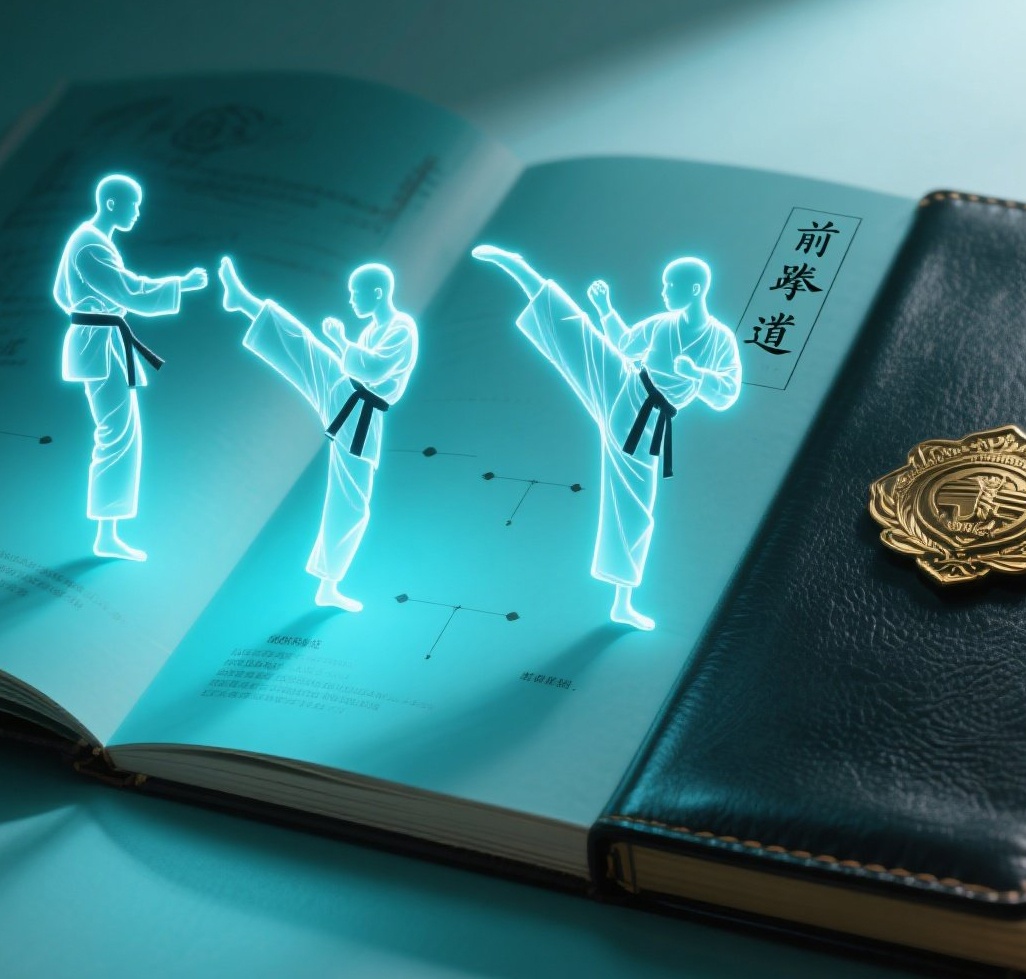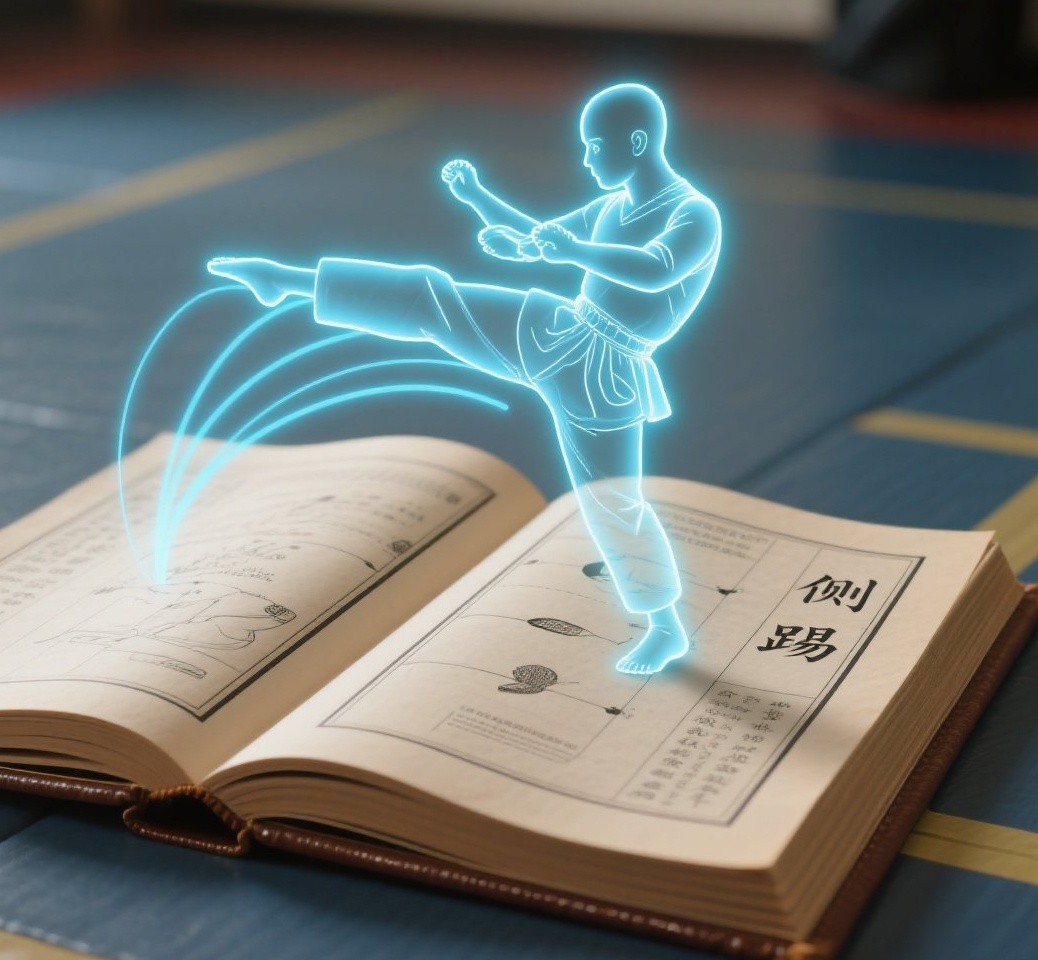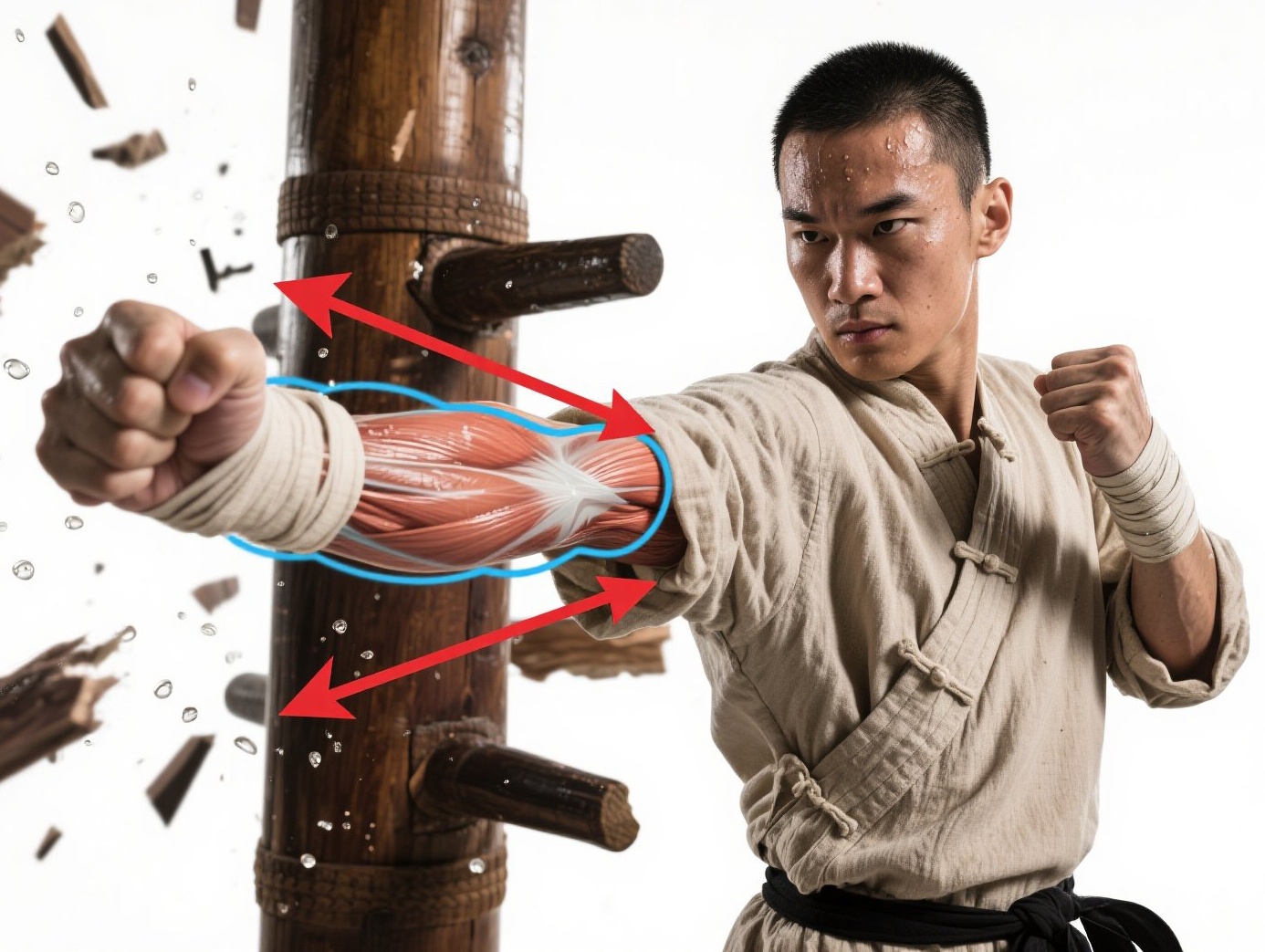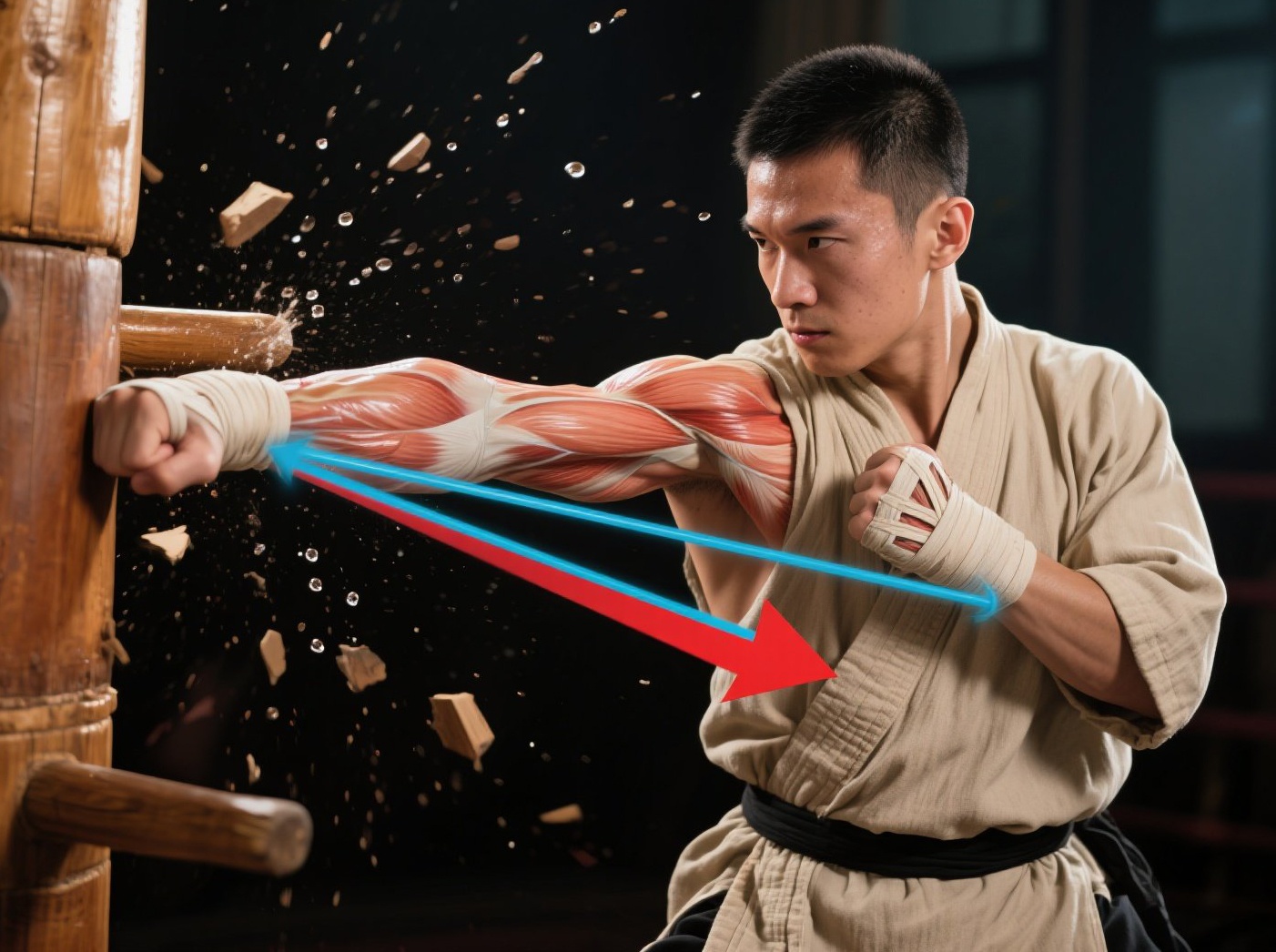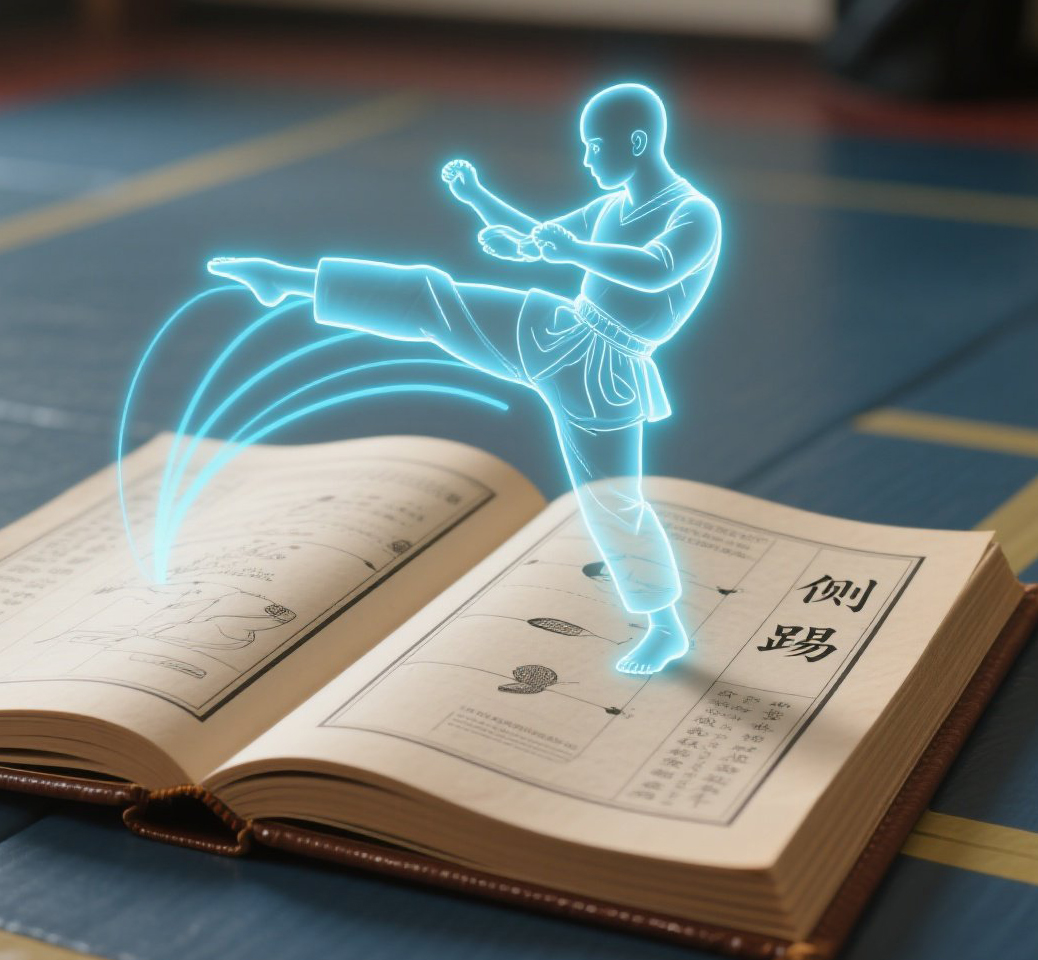Clash of Philosophies: Precision vs Power
Wing Chun (詠春 - Yǒng Chūn): Born in Southern China, Wing Chun prioritizes efficiency and directness . Developed partly by the legendary Ng Mui, it emphasizes close-quarters combat , rapid centerline attacks, and simultaneous defense/offense ("Lin Sil Die Dar"). Its philosophy centers on using an opponent's force against them with minimal exertion – perfect for smaller individuals facing larger aggressors. Think Bruce Lee's early foundation.
Karate (空手 - Empty Hand): Evolving in Okinawa and later Japan, Karate embodies discipline, powerful strikes (kime) , and diverse techniques across various ranges (kicking, punching, knee/elbow strikes, blocks). Styles like Shotokan focus on strong stances, linear power, and kata (formal patterns) for mastering fundamentals. It builds immense physical and mental fortitude.
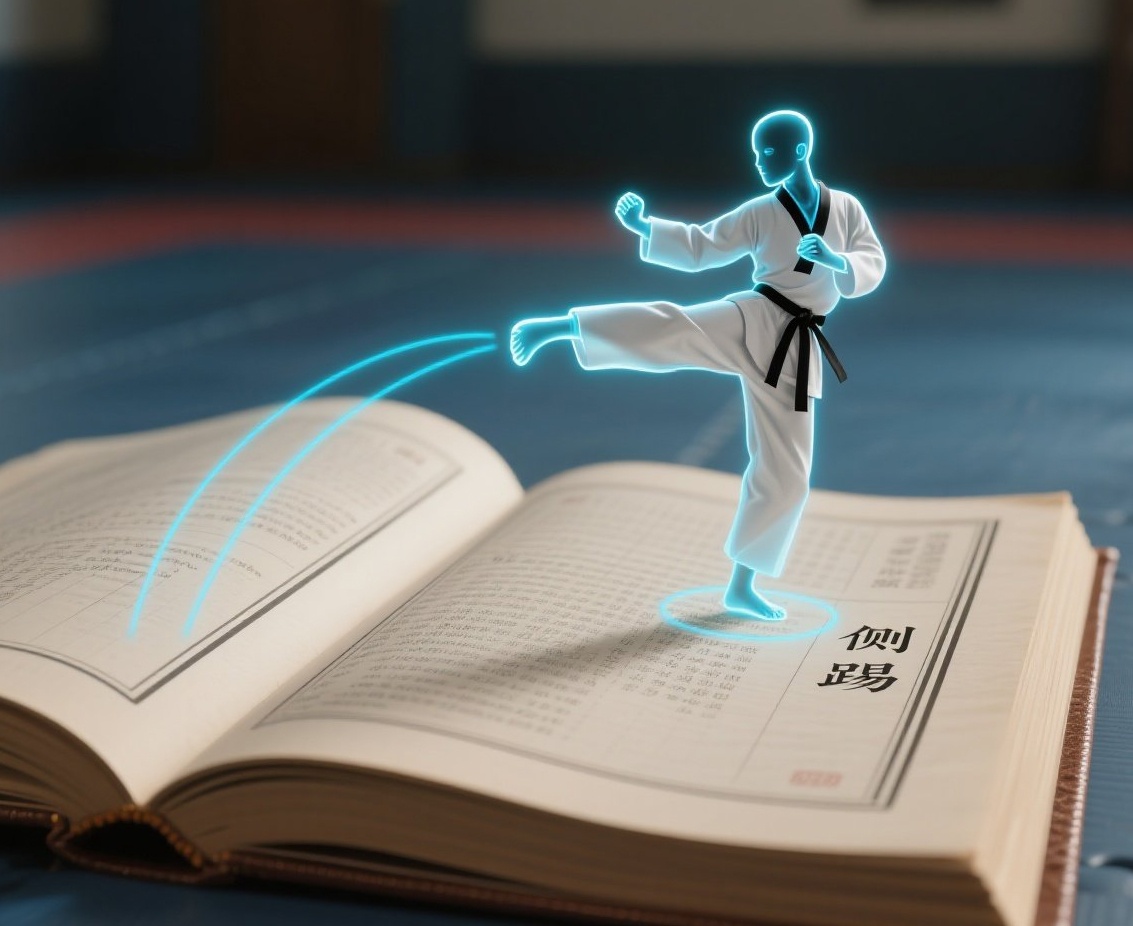
Core Techniques: The Art of the Close Fight vs. The Range Master
Wing Chun's Arsenal:
Centerline Theory (中線原理): All attacks and defenses focus on controlling the vertical line running down an opponent's center – the shortest path to vital targets.
Chain Punching (連環日字衝拳 - Lin Wan Yat Ji Chung Kuen): Rapid, vertical punches fired relentlessly from the guard position.
Trapping Hands (Chi Sau - 黐手 "Sticky Hands"): Unique sensitivity drills develop reflexes to stick to, read, and control an opponent's arms at close range, disrupting their structure.
Economical Kicks: Primarily low kicks (knees, shins) for stability and balance disruption.
Close-Range Dominance: Excels within arm's reach, overwhelming opponents with constant pressure and deflection.
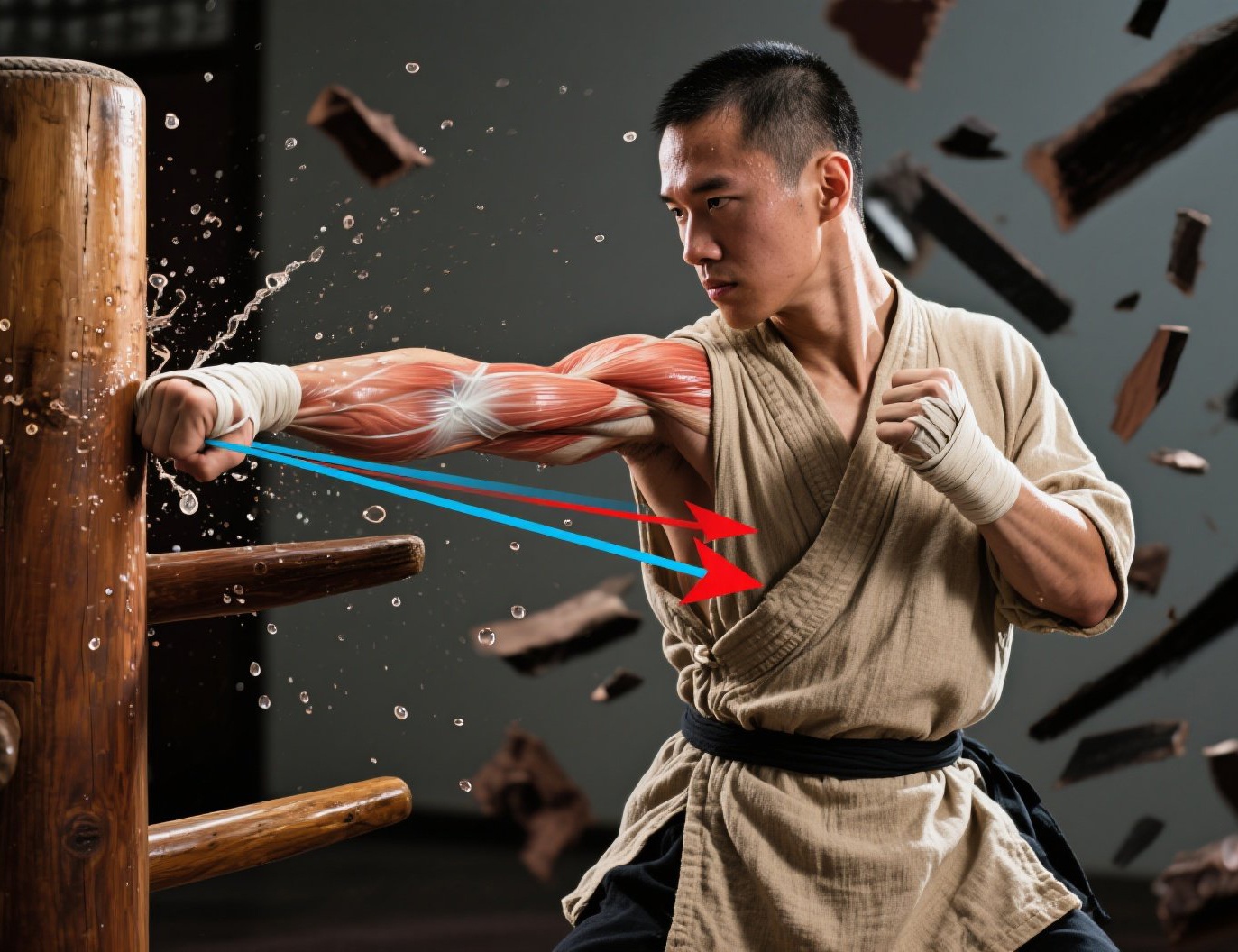
Karate's Toolkit:
Strong, Deep Stances (Dachi): Provides a powerful base for generating force (e.g., Zenkutsu-dachi - front stance).
Diverse Strikes: Powerful straight punches (Oizuki), knife-hand strikes (Shuto), backfists (Uraken), and a wide array of kicks (Mae Geri - front kick, Mawashi Geri - roundhouse, Yoko Geri - side kick).
Blocks (Uke): Defined, powerful blocks like Gedan Barai (downward block) or Age Uke (rising block) for defense at various ranges.
Kata (型 - Form): Solo sequences practicing techniques, transitions, stances, and breathing against imaginary opponents.
Versatile Range: Effective at long, medium, and close range depending on the style and technique.
Training Methods: Sensitivity vs. Structure
Wing Chun Training:
Heavy Focus on Sensitivity: Chi Sau is the cornerstone, developing lightning-fast reflexes, tactile awareness, and instinctive reactions to pressure and motion.
Wooden Dummy (Muk Yan Jong - 木人樁): Essential tool for practicing angles, footwork, combinations, and precision strikes against "arms."
Lat Sau (甩手) / Chi Gerk (黐脚): Sparring drills focusing on hand/arm and leg techniques respectively, emphasizing flow and reaction.
Practical Application Focus: Drills often simulate real close-quarter grappling and striking scenarios.
Karate Training:
Kihon (基本 - Basics): Repetitive practice of individual techniques, stances, and blocks to build muscle memory and power.
Kata (型): Performing predefined sequences to internalize techniques, principles, movement, and timing. Bunkai (分解) involves analyzing kata applications.
Kumite (組手 - Sparring): Ranges from pre-arranged drills (Kihon Kumite) to free sparring (Jiyu Kumite), applying techniques against a resisting partner at varying intensities.
Physical Conditioning: Often includes strength, flexibility, and endurance training (hojo undo).
Wing Chun vs Karate: Key Differences at a Glance
FEATURE | WING CHUN | KARATE |
|---|
Origin | Southern China | Okinawa (Ryukyu Kingdom), later Japan |
Range | Extreme Close Quarters(Trapping Range) | Versatile(Long to Close Range) |
Primary Power | Speed, Structure,Redirection, Efficiency | Muscular Strength, Momentum, Extension |
Stances | Narrower, Mobile, Weight Centered | OftenWider, Deeper, Strong Base (e.g., Front Stance) |
Handwork | Centerline Focus, Chain Punches, Trapping | Diverse Punches, Strikes,Powerful Blocks |
Footwork | Agile Steps, Pivots (Yiu Ma) | Strong Steps, Shifting, Lunges |
Kicks | MostlyLow Kicks(Knees/Shins) | High & Low Kicks, Diverse (Front, Roundhouse, Side) |
Core Training | Chi Sau (Trapping Drills), Wooden Dummy | Kihon (Basics),Kata (Forms), Kumite (Sparring) |
Philosophy | Minimal Effort, Maximum Effect, Directness | Discipline, Power, Perfection of Technique |
Ideal For | Close-Range Defense, Smaller Practitioners | Structured Learning, Diverse Techniques, Sport |
Which Art is Better? It Depends on YOU.
The Wing Chun vs Karate debate has no single winner. The "best" art depends entirely on your goals, body type, and preferences:
Choose Wing Chun If:
You prioritize realistic self-defense in close quarters (think crowded spaces, grabs).
You prefer efficiency and technique over brute strength (especially if smaller).
You enjoy sensitivity training , fast reflexes, and continuous flow.
Your goal is practical application over sport or aesthetic form.
Choose Karate If:
You value a structured system with clear ranks (belts) and progression.
You want to develop powerful, dynamic strikes across various ranges.
You enjoy diverse techniques (punches, kicks, blocks, sometimes throws).
You're interested in competitive sport (kumite, kata competitions).
You appreciate the discipline, tradition, and physical conditioning .
The Verdict: Complementary Paths
The Wing Chun vs Karate comparison highlights two highly effective but distinct approaches to martial arts. Wing Chun offers unparalleled efficiency and dominance in the chaotic clinch, while Karate provides a broad technical foundation, powerful strikes, and a deeply rewarding path of discipline. Many modern fighters wisely cross-train, blending Wing Chun's close-range trapping and sensitivity with Karate's powerful long-range kicks and structured footwork.
Ultimately, the best martial art is the one you practice consistently.
Visit local schools, observe classes, and try introductory lessons for both. Feel the flow of Chi Sau and the power of a perfectly executed Oizuki. Your own experience is the definitive answer in the timeless duel of Wing Chun vs Karate . Start your journey today!
